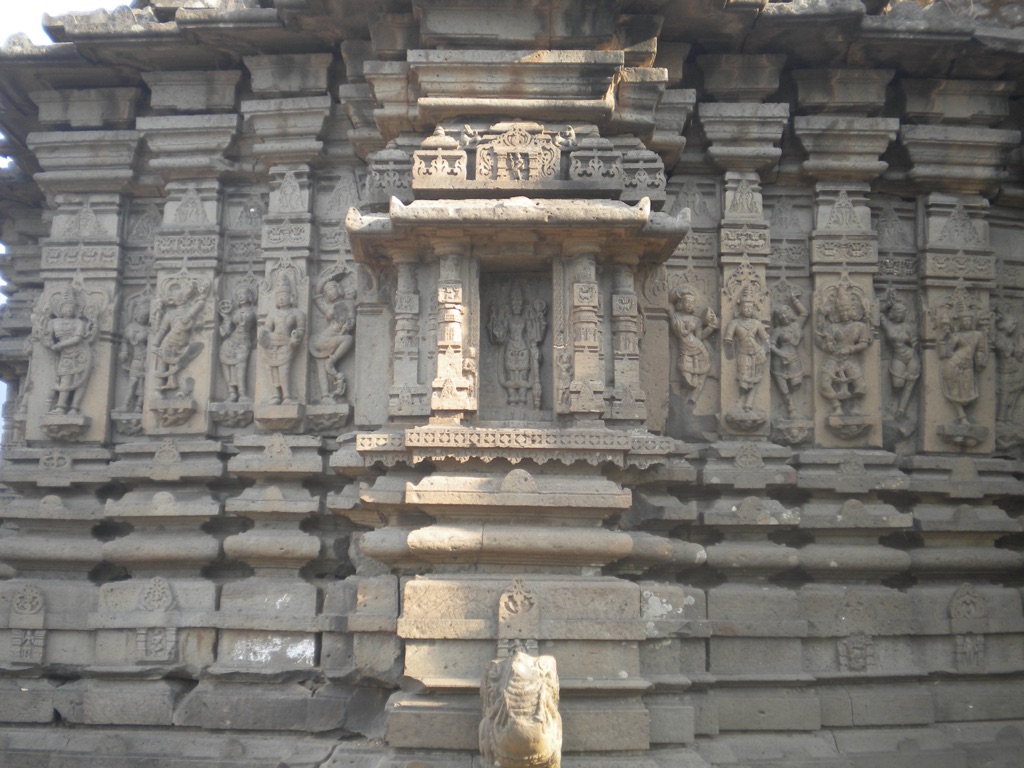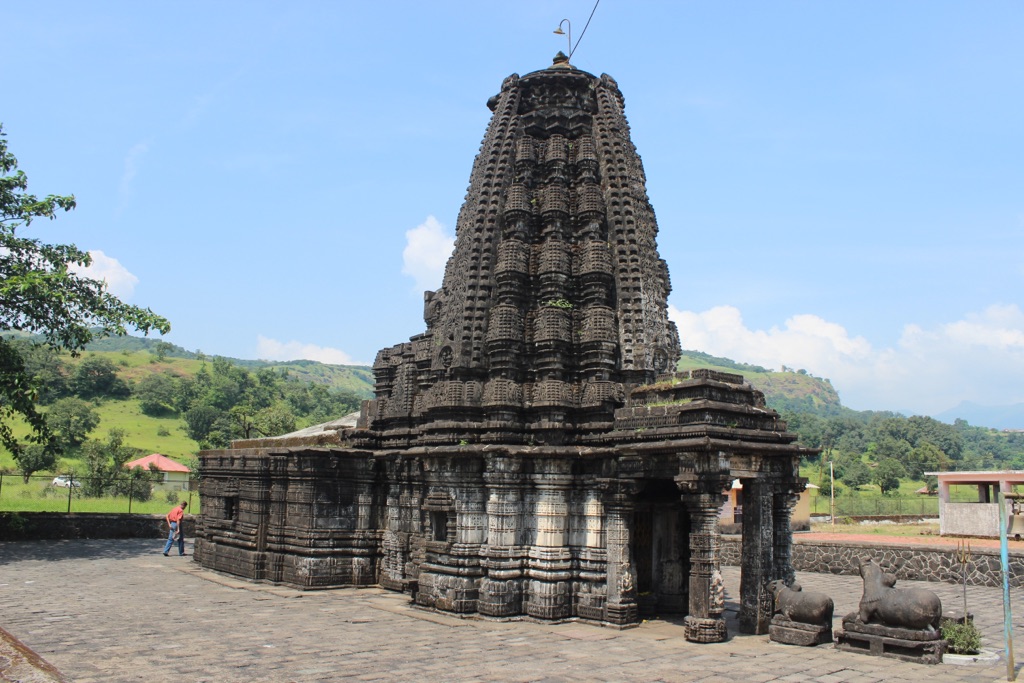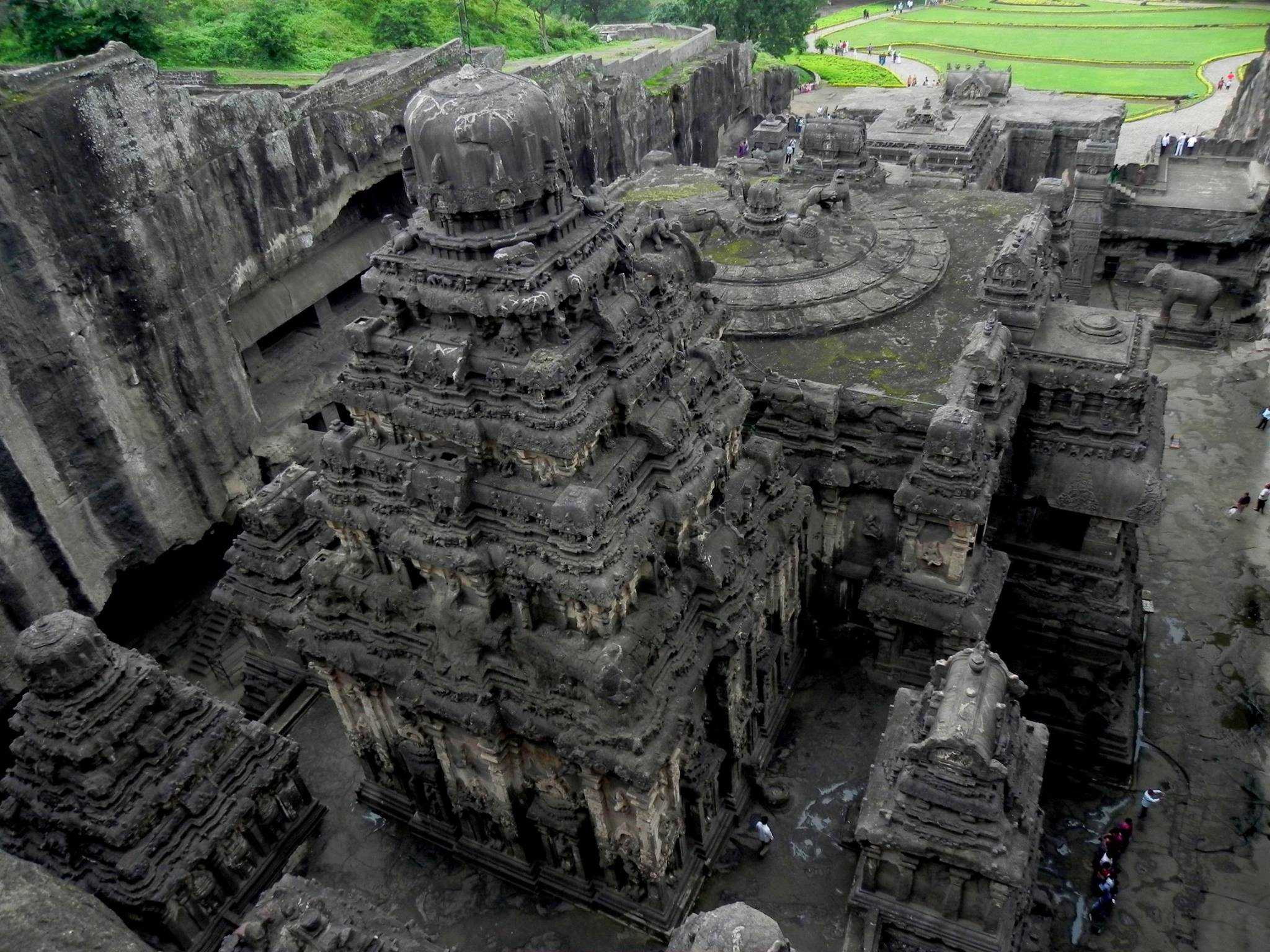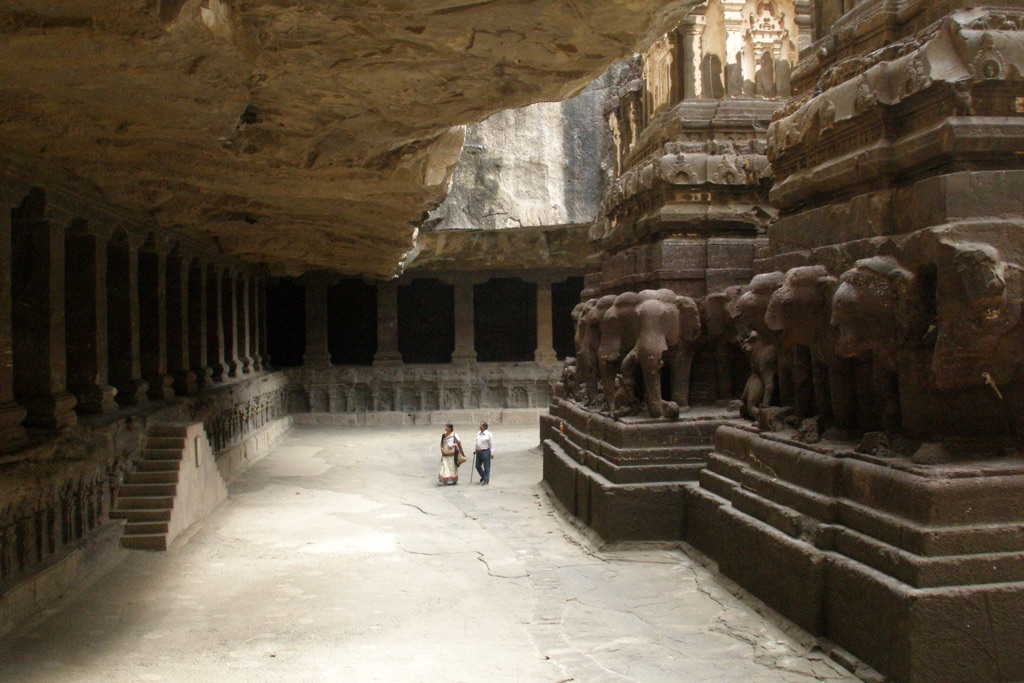The Ellora Caves, a UNESCO World Heritage Site, are an impressive complex of rock-cut temples and monasteries. They represent the epitome of Indian rock-cut architecture. Located in the Aurangabad district of Maharashtra, India, these caves are renowned for their monumental caves and are a testament to the religious harmony prevalent during the period of their construction. The site features over 100 caves, of which 34 are open to the public. These include Buddhist, Hindu, and Jain temples, each illustrating the spirit of tolerance that was characteristic of ancient Indian civilization.
Rashtrakuta dynasty
The Rashtrakuta Dynasty reigned from the 8th to the 10th century and was a major power in the Deccan region of India. The founder of the Rashtrakuta Dynasty was Dantidurga, a chieftain who overthrew the Chalukya Empire. This marked the beginning of a dynasty famed for its contributions to art, architecture, and culture. The Rashtrakutas ruled from their capital in Manyakheta, modern-day Malkhed in Karnataka. Under their domain, the dynasty controlled large parts of central and southern India. They created a vibrant society where trade and fine arts flourished. They maintained diplomatic ties with distant lands like the Middle East and China.
One of the greatest rulers of the Rashtrakuta Dynasty was Amoghavarsha I, known for his wisdom and patronage of the arts. His reign saw peace and prosperity, enabling cultural advancements. The Kailasanath Temple in Ellora, a UNESCO World Heritage Site, was constructed under the Rashtrakuta dynasty. This rock-cut temple, dedicated to Lord Shiva, exemplifies the exceptional craftsmanship of Rashtrakuta stonemasons. The dynasty also made significant strides in literature. Scholarly works in Sanskrit and Kannada, such as Amoghavarsha’s ‘Kavirajamarga’, emerged during this period. The Rashtrakutas were tolerant of different religions. They endorsed religious freedom, enabling Jainism, Buddhism, and Hinduism to coexist. Their legacy is still cherished in Indian history, with the grandeur of their achievements continuing to enchant people around the world.

The Kedareshwar Temple
The Kedareshwar Temple, a historical marvel, stands as a testament to ancient Indian architecture and spirituality. Nestled in the Sahyadri range of the Western Ghats, it is part of the Harishchandragad fort complex in Maharashtra, India. This temple is renowned for its monolithic Shiva Linga, which is surrounded by water. The structure’s age and the elements have given it a mystical aura, attracting both devotees and history enthusiasts alike.

Amruteshwar Temple
The Amruteshwar Temple, carved from black stone, stands as a testament to the architectural prowess of ancient India. Nestled in the village of Ratanwadi, it is a prime example of the early Hemadpanti style, named after Hemadri, also known as Hemadpant, a minister during the Yadava Dynasty. This temple, dedicated to Lord Shiva, is over 1,200 years old and is known for its intricate carvings and elaborate design. It is part of the Kalsubai Harishchandragad wildlife sanctuary and sits at the base of the Ratangad fort. The temple is a popular destination for both pilgrims and trekkers, offering a blend of spiritual and natural beauty.

Kailash Temple
Located in the Ellora Caves of Maharashtra, India, the Kailash Temple is an architectural marvel that has intrigued historians, archaeologists, and tourists alike for centuries. This monolithic structure, carved out of a single rock, is a testament to the ingenuity and craftsmanship of its creators. It is not just a temple, but a massive art piece that narrates tales of ancient Indian civilization.

